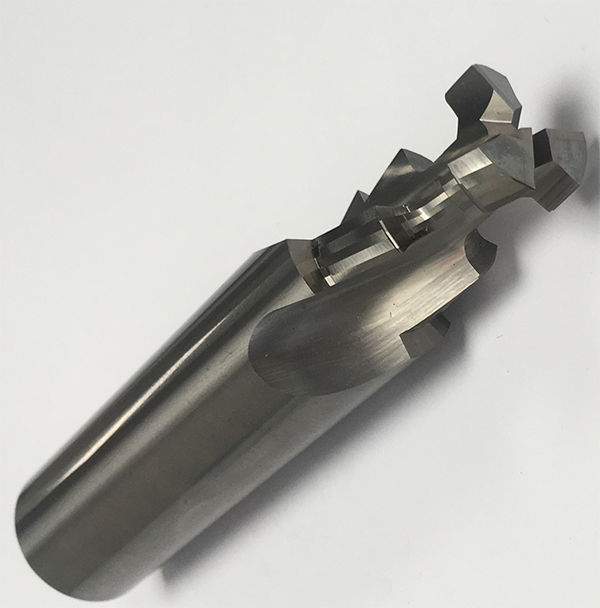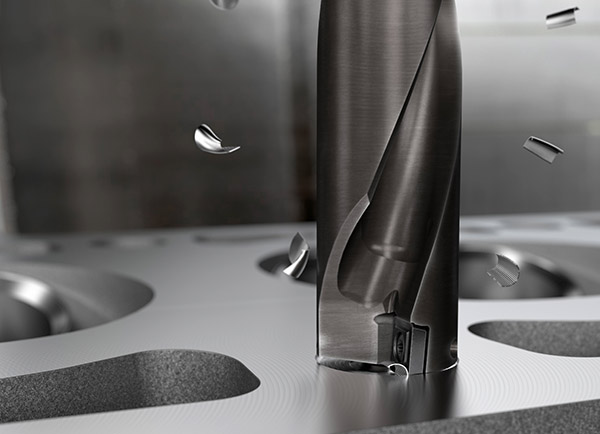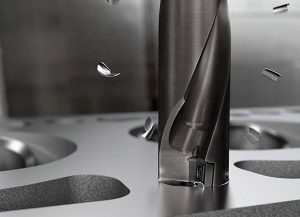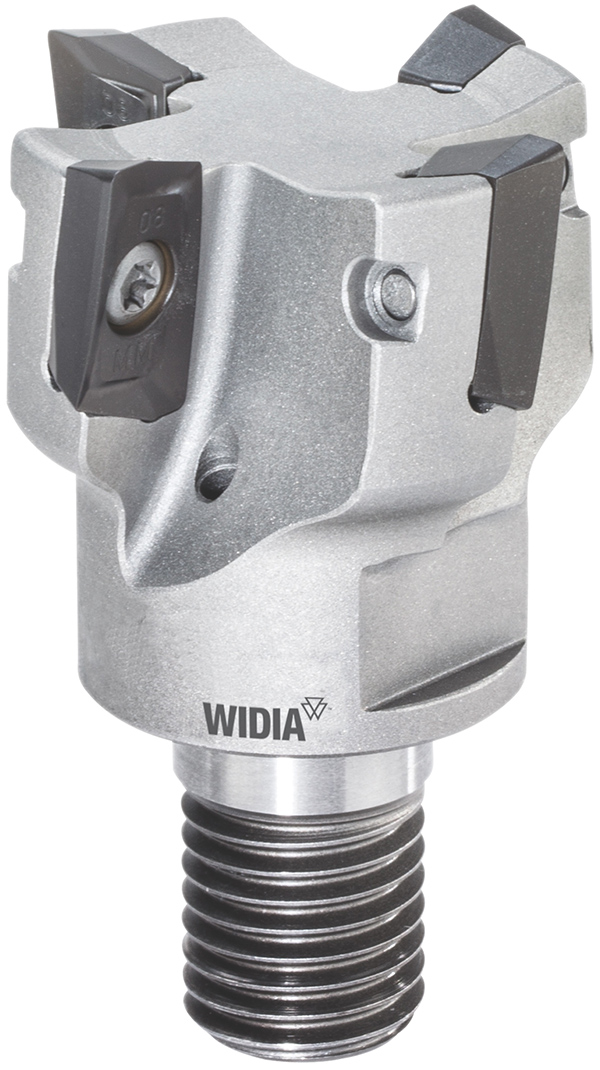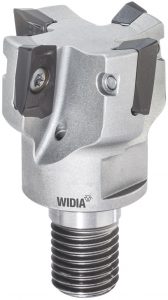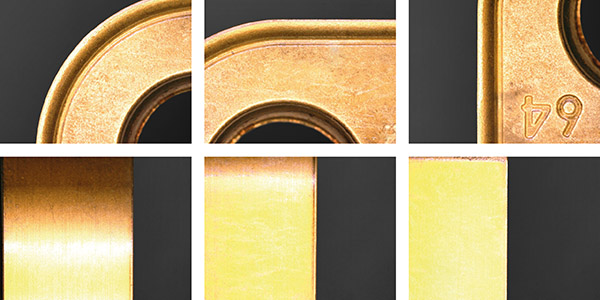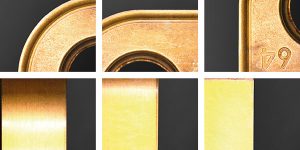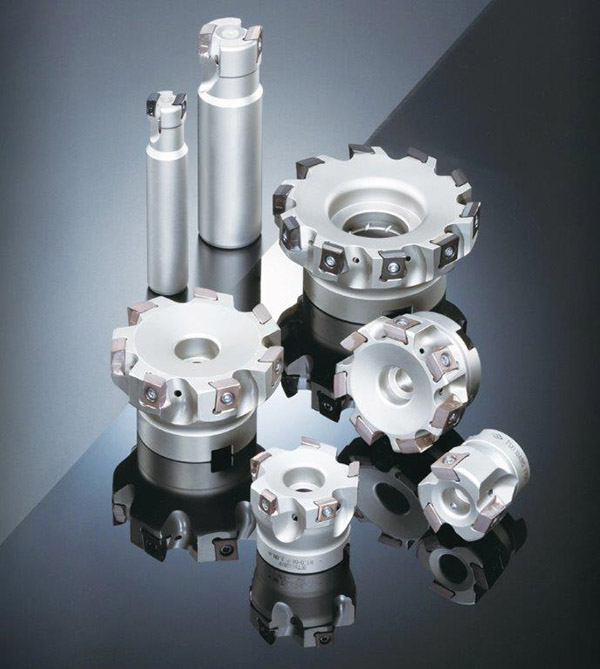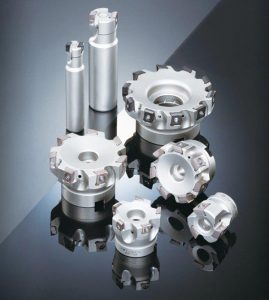A trio of Walter Helitronic Power multi-axis tool grinders, plus a Walter Helicheck tool-measuring machine, are enabling Elite Tooling to consistently supply special purpose tooling for customers in the aerospace, medical and Formula One sectors.
The machines have been installed over the past decade or so, following the company’s establishment in 1995 initially as a distributor for Tivoly tools before the Rotherham-based firm progressively moved into tool production and regrinding, which today account for 80 and 20% of output respectively.
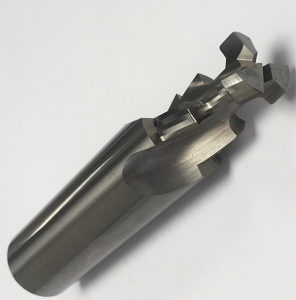
According to production manager Lee Burkill, it is the machines’ Tool Studio software and Eco Loaders, as well as their solid construction that leads to consistently reliable operation, which has stood the company in good stead and in 2017 led to investment in its latest Helitronic Power with Eco Loader (supplied by Walter Ewag UK).
Walter’s Eco Loaders are available in versions able to accommodate 165 tools. The Eco Loader is mounted on the machine’s work table and the loading/unloading gripper is integrated into the grinding head.
“Specialising in mainly carbide bespoke tooling of all types – including profile and multi-step cutters usually machined in quantities of one- to 10-off to micron tolerances – as well as the production of Tivoly’s standard tools [for drilling milling, boring, tapping and threading] in batches of, say, 100, we regularly use the Eco Loaders for unmanned operation, especially for overnight production,” says Burkill. “This ability to maximise production times, coupled with the functionality of Tool Studio for quick and easy programming, and simulation of tool designs, contributes to our ability to produce high-class tools in the turnaround times that our customers demand.”
For further information www.walter-machines.com






